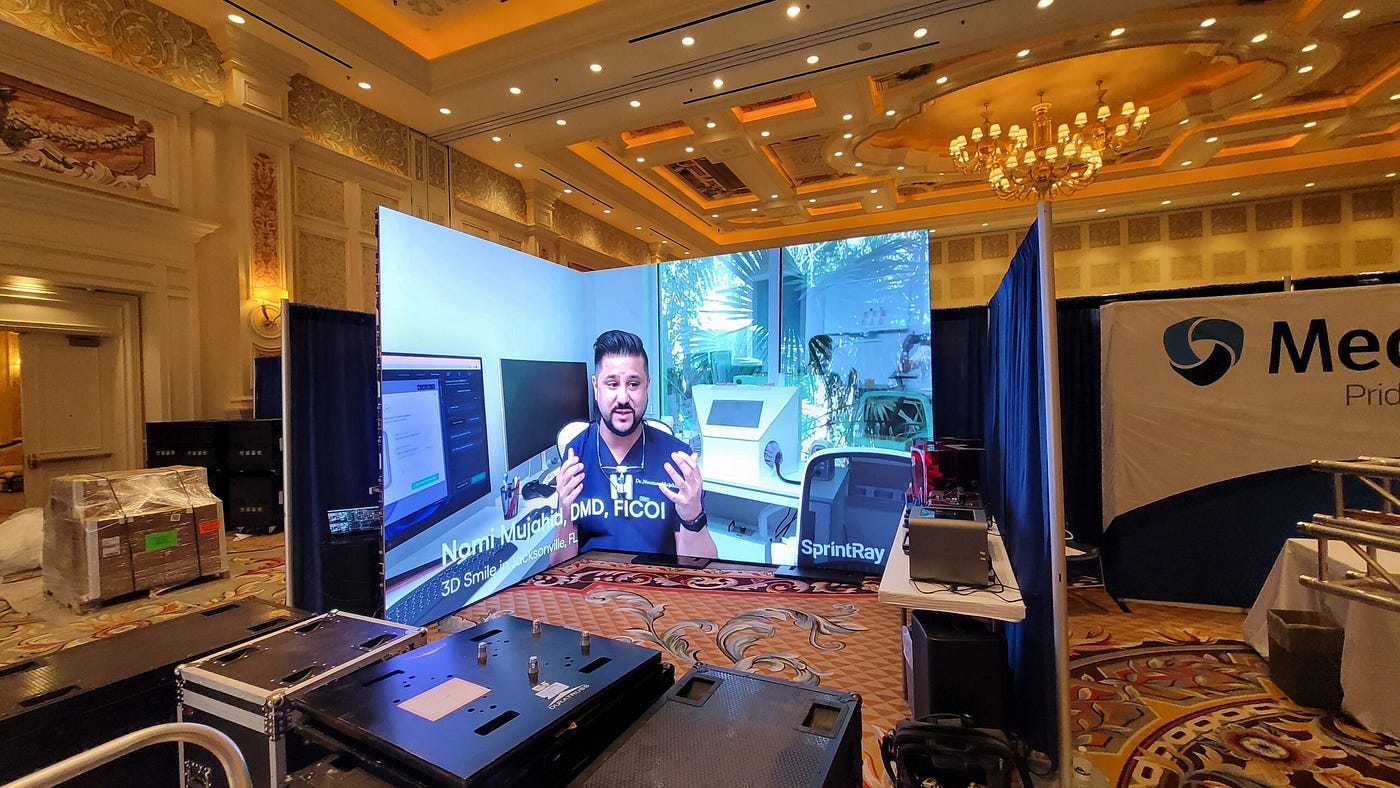Mastering Color Precision in Light Emitting Diode Display Calibration for Breathtaking Visual Presentations
Mastering Color Precision in Light Emitting Diode Display Calibration for Breathtaking Visual Presentations
Blog Article
Color accuracy is essential for creating stunning visual presentations, especially when using LED screens. These massive screens are commonly found in places like concert venues, athletic arenas, and advertising billboards. When the hues on an LED screen are not accurate, the images can look dull or distorted, which can affect the total impression for viewers. Therefore, mastering color accuracy in LED screen tuning is vital for attaining lively and true-to-life visuals.
The initial step in guaranteeing color precision is understanding how LED technology works. LEDs, or light-emitting diodes, generate light in various colors by combining red, green, and blue (RGB) light. Each dot on an LED screen consists of these three hues. When calibrated properly, the mix of RGB can produce a broad range of hues. However, if one color is too bright or too dim, it can distort the whole screen. This is why tuning is necessary to balance the hues and achieve the desired visual result.
Tuning involves adjusting the configurations of the LED screen to ensure that why not try this out the colors displayed correspond the original content as closely as feasible. This process usually involves using specialized software and hardware instruments. Technicians often use color measurement devices, such as color meters, to analyze the hues being displayed. By contrasting the measured colors to standard color standards, they can make exact adjustments. This ensures that the hues are not only vibrant but also uniform across the entire screen.
Another crucial aspect of color precision is understanding the surroundings in which the LED screen is employed. Factors such as surrounding light can significantly affect how colors look. For instance, a well-lit illuminated room may wash out hues, making them look less lively. To counteract this, technicians may modify the brightness and differentiation settings of the LED wall. Additionally, they may choose particular color settings that are better appropriate for different lighting environments. This adaptability helps preserve color accuracy irrespective of the observing environment.
Finally, regular upkeep and re-tuning are essential for keeping an LED screen looking its finest. Over time, the performance of LEDs can change due to elements like aging and temperature fluctuations. Frequent inspections and adjustments can help ensure that the hues stay correct and lively. By investing time in appropriate calibration and maintenance, venues can offer audiences with stunning graphic presentations that enhance their total impression. Mastering color precision in LED screen calibration is not just a mechanical job; it is an art that contributes to the wonder of visual storytelling.